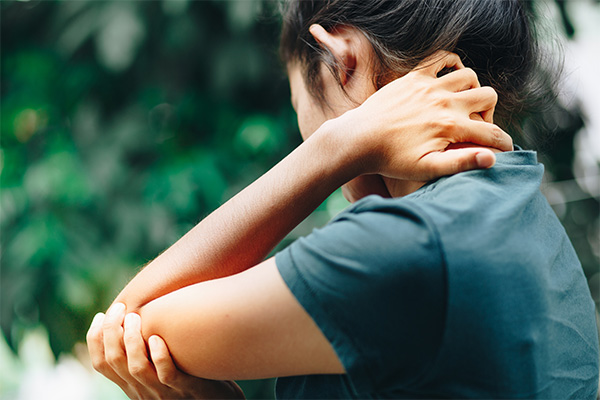What You May Not Be Told About Breast Cancer

If you are going to have lymph nodes removed or radiation and your doctor hasn’t brought up the risk of lymphedema, be proactive and bring it up at your next appointment. Healthy lymph vessels help rid the body of toxins, filter fluid through the lymph nodes and then take the cleaned fluid — containing infection-fighting white blood cells — throughout your body. Lymphedema occurs when there is an abnormal buildup of this fluid in your body. This results in abnormal swelling that can develop in the arm, hand, breast, or torso as a side effect of breast cancer surgery and radiation therapy.
The risk of lymphedema is often minimalized but is a significant quality of life issue for patients who develop it, and there is no cure. Ask to be referred to a certified lymphedema therapist before surgery so you can receive education regarding prevention or treatment. A best practice would be to get a baseline measurement before your surgery, so at subsequent visits, your physical therapist can monitor your arm and hands for changes.
Should you develop lymphedema, treatment is limited to trying to control the swelling and discomfort. The following interventions accomplish this:
- Exercises. Specific instruction on gentle exercises to complete that may encourage lymph fluid drainage.
- Bandaging. A Certified lymphedema specialist may bandage your limb with gradually less pressure, which encourages the lymph fluid to flow back toward the trunk of your body.
- Manual lymph drainage. A type of special massage which may encourage the flow of lymph fluid out of your arm.
- Pneumatic compression pump. A sleeve worn over your affected arm connects to a pump that intermittently inflates the sleeve, putting pressure on your limb and moving lymph fluid away from your fingers. Learn more here.
- Compression garments. Long sleeves or stockings made to compress your arm or leg encourage the flow of the lymph fluid out of your affected limb. Wear a compression garment when exercising the affected limb. A correct fit for your compression garment is essential to ask for professional help. A best practice is to have a custom-made garment, but there are off the shelf options, and there are many places to buy garments, so ask a lymphedema specialist where you can get one that fits your needs.
- Complete decongestive therapy (CDT). This is currently considered the gold standard of lymphedema treatment and involves a multi-faceted approach, including four components 1) Manual lymphatic drainage (MLD), 2) compression bandaging, 3) exercises to enhance lymphatic drainage, and 4) skincare.
- Surgical Intervention for lymphedema. There are a handful of specialized surgeons across the US that perform surgical procedures to alleviate the swelling and discomfort of lymphedema. Liposuction, lymphovenous bypass, lymph node transplants, and skin grafts are some of the surgical interventions these doctors might perform. Click here for a more comprehensive list of these providers.
